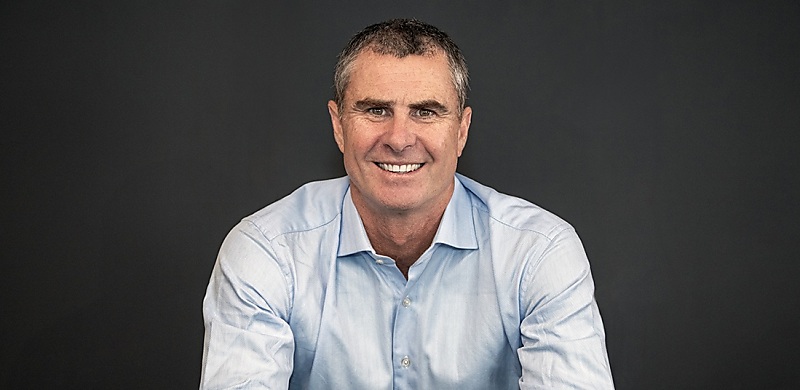
The non-bank lender’s latest report has indicated signs of cautious optimism among small businesses, even while serviceability remains a concern.
Australia’s SME sector is showing signs of cautious optimism, with new data from non-bank lender Banjo Loans revealing a 14 per cent rise in loan applications in the three months to September 2025.
This comes off the back of a 7 per cent increase reported in the prior quarter.
The latest Banjo Barometer report also showed a 9 per cent increase in the overall value of loans drawn by small and medium-sized enterprises (SMEs) during the first quarter of the financial year ending 30 June 2026 (FY26), representing an 11 per cent rise year on year.
Much of the momentum was carried by SMEs turning over $10–$20 million annually, with borrowing values for this segment up 76 per cent in the quarter.
However, it hasn’t been all smooth sailing for SMEs, with loan cancellations up 40 per cent and declines up 26 per cent, according to Banjo Loans data, driven mostly by serviceability (42 per cent) and documentation (39 per cent) issues.
The data also revealed how momentum has differed across industries.
For instance, applications shot up for businesses in administrative and support services (+110 per cent); manufacturing (+61 per cent); accommodation and food services (+45 per cent); and transport, postal, and warehousing (+43 per cent).
But financial and insurance services (-27 per cent); wholesale trade (-59 per cent); and professional, scientific, and technical services (-63 per cent) all saw declines.
Guy Callaghan, the CEO of Banjo Loans, said the data reflected the cautious optimism of a sector that was moving forward by not surging ahead.
“We’re seeing a cautious kind of confidence,” he said.
“Larger SMEs are driving growth, but for smaller operators, the focus remains on maintaining stability. It’s not a surge of optimism, rather a steady, thoughtful progress.”
The non-bank lender also noted that businesses with existing loans are showing discipline – arrears over 30 days fell 32 per cent in the quarter, landing at a multi-year low.
Callaghan said many SMEs were showing signs that they were confident in toughing it out; however, caution remained an “equally dominant” theme.
“I’ve said it before – SMEs are a resilient bunch, but our data shows we’re not seeing widespread confidence in the current economic climate. SMEs are navigating this climate with care, not ambition,” he said.
“Without meaningful improvement to economic fundamentals, whether that’s rate relief, consumer confidence or policy support, we’re likely to see this subdued pattern continue.”
Relationships matter
Speaking to The Adviser for The Broker’s Guide to Commercial Finance, Joshua Houlahan, director of Queensland-based JLH Finance Advisory, said brokers are well-placed to become the go-to experts for their SME clients’ finance needs.
“Clients are seeking advisers who can offer meaningful insights, long-term support, and bespoke solutions – rather than making them feel like just another number,” he said.
“In a market with more options, businesses are gravitating towards those who can add knowledge and context to their finance decisions, giving them confidence and an additional resource to their business.”
Brokers can learn more about trends in SME finance in The Broker’s Guide to Commercial Finance, included with the November edition of The Adviser magazine for Premium Members.
For more information or to subscribe to a Premium Membership, click here.
[Related: Almost two-thirds of SMEs forecast revenue growth]

